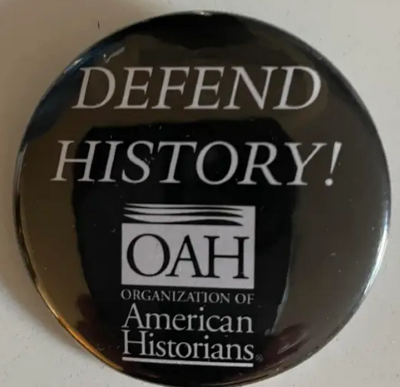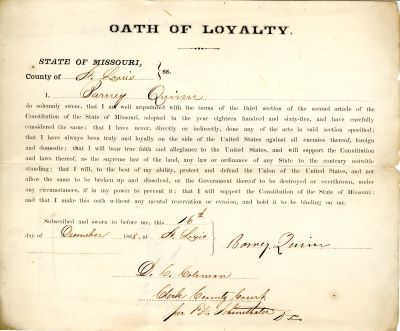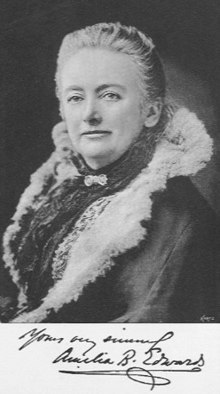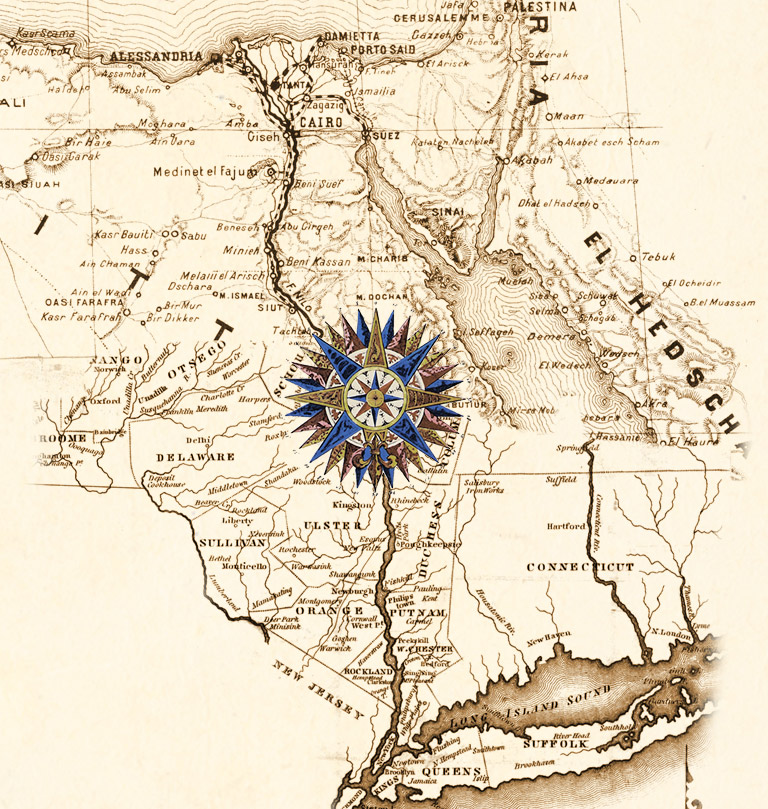
The war on history continues. A lot has happened in the past year. On November 24, 2024, I published the first of a six-blog series on What Are American Students Learning about US History?, about a two-year study by the American Historical Association. See below for the links to the six blogs.
Now almost exactly one year later, Ken Burns documentary “The American Revolution” is scheduled to begin. This block buster will change the national dialogue on the American Revolution. The topic has been subject of The New York Times 1619 Project, various executive orders from the President of the United States, dedicated issues by the Atlantic magazine and the Journal of the Early Republic along with numerous conferences and journal articles. And, oh yes, the anniversary of the battles of Lexington and Concord, Fort Ticonderoga, and Bunker Hill. There even was a failed invasion of Canada in 1775. Our good friend Benedict Arnold participated in two of these events.
November 2025 to November 2026 will prove to be another blockbuster year. All eyes will turn towards Philadelphia along for the anniversary of the signing of the Declaration of Independence with a professional wrestling match in what’s left of the White House. From July 9, 1776 to November 18, 1776, New York will be the center of the American Revolution even though the state and the city aren’t doing much to commemorate those events (The New York State 250th Update, October 20, 2025).
Keeping track of all that is going on will be a challenge. The next blog will jump forward to January 2026, the annual conference of the American Historical Association. The conference is better known for its action on the Palestinians (The Hamas Wing versus the Hamilton Wing at the American Historical Association Conference, January 13, 2025) than for the presentations by Ken Burns on his documentary in the following session or the session on “What Are American Students Learning about US History Today?” It’s difficult to separate history and current events today.
What Are American Students Learning about US History Today? (Part 1 of 6: Introduction)
November 14, 2024
The American Historical Association (AHA) launched a two-year study on the topic of what are American students learning about US history today. The full report of 198 pages is available for download on its website. The study examined all 50 states for their standards and legislation. In addition, nine states covering a range of characteristics were selected for more in-depth analysis.
The release of the study was covered in the New York Times under the title “How History Teachers Navigate the Political Divide (September 22, 2024 print). According to that account, textbooks are out and digital sources and primary documents are in. Popular websites include the Smithsonian Institution and other federal archives and PBS. Others include the Gilder Lehrman Institute of American History…..
…4. Room for improvement remains. A lack of resources, instructional time, and professional respect are among the clearest threats to the integrity of history education across the United States. Many of the teachers in our sample wished for more time and opportunity for professional learning focused on historical content—in essence, what happened, how, and why. If there is any wholly inaccurate message being sent by our public schools to millions of students and their families, it is that history is not important enough to command time, attention, and public resources.
What Are American Students Learning About US History? (Part 2 of 6: Overview)
November 15, 2024
This section notes the stormy debate which has engulfed the country: the stereotypes, the assumptions, the overtly ideological agendas. Even without evidence about “’inherently divisive concepts,’” state governments have plunged ahead to create unprecedented legal restrictions on the content of history instruction (7).
What has been missing is evidence. AHA found that “US history typically taught in public schools is not riddled with distortions or omissions” (10). [Home school? Private schools?] The curricula works best when questions of causation, context, and significance frame the content.
At times the materials fall short of the expectations of professional historians. The reasons being that history instruction has been streamlined to focus “on bare facts, banal platitudes, flat inevitabilities, or a vague set of literacy skills rather than meaningful knowledge” (10). One might add that these are exactly the traits that make history boring.
One conclusion should have been written in bold:
…social studies teachers need more classroom time and more professional development
One might add that these are precisely the areas that are most easily cut because they are direct reductions in spending just as bus trips are.
What Are American Students Learning about American History (Part 3 of 6: National Patterns)
November 23, 2024
High schools were and are universal. This led to multiple changes.
The high school building became a fixture in the civic landscape of a community. The physical state of the building became a comment on the state of the local community.
The high school became a center for non-academic activities, particularly sports, bands, cheer leading, and theater. These activities were visible to the general community in a way strictly classroom activities were not. Mascots became an important logo and symbol of identity for the school and the community.
Two new terms developed to describe the students attending these high schools – teenagers and adolescence. This meant such people were spending more and more time with their peers and less and less with their kin on the family farm.
The high school graduation ceremony became a de facto and unofficial form of naturalization where the graduating senior was recognized as an adult person in the community witnessed by family, friends, and elected officials.
Technological change provided increased mobility for these teenage adolescents independent of adult supervision..
Technological change provided increased means of communication for teenage adolescents independent of adult supervision.
Think of all the movies there have been related to these changes often with music.
Teaching now had to operate in a vastly different world then a few decades ago yet a century or more.
The AHA could not be expected to study all these developments. On the other hand, isolating a topic like history teaching from the surrounding world is incomplete too.
What Are American Students Learning About US History (Part 4: Curricular Decisions)
November 27, 2024
As for the state standards, AHA reports that a “great many teachers carry on with minimal awareness of the state agency’s alleged role in their work” (52)
Those “standards offer a rationale focused on preparing students for citizenship with critical thinking skills and an understanding of a complex world” (57”.
According to the AHA, “[t]eachers give mixed signals about history’s position in the accountability landscape” (60). Teachers “consistently cite social studies’ low priority status as a source of frustration” (60). Sometimes teachers in states with no state social studies testing wish there was such testing if only to boost the status of the discipline.
Still what happens in the schoolhouse often begins in the statehouse. AHA tracked 808 legislative acts passed between 1980 and 2022 which seems like a lot. “There’s also the much longer and quite widespread effort to incorporate diversity—namely the notion that the narrative of American history should incorporate stories from multiple perspectives, inclusive of the various groups that constitute the national population” (63). Between 1980 and 2022, there were 199 instances of state legislatures requiring that specifically named groups be accorded coverage in US history curriculum” (63). I suspect this in one reason why professional historians tend not to write general histories of the United States.
State legislators then may complicate the teaching of chronology-based courses.
State legislators are particularly fond of designating specific times of year (holidays, weeks, or months) as moments for concentrated study of a particular historical event, theme, group, or person (66).
AHA found 79 such laws between 1980 and 2022. The result is the civic calendar is prioritized over the chronological pacing for United States history.
[It] seems likely to encourage a series of ceremonial non sequiturs, rather than historical exploration of content and significance (66).
What Are American Students Learning About US History? (Part 5 of 6: Curricular Content)
November 29, 2024
Surveyed teachers were asked to respond on the importance of a series of goals and values. High rated items include
Building a shared sense of national identity among students across social groups
Building an appreciation for diversity
Cultivating an appreciation of the United States as an exceptional nation – 25% said not at all important
Developing informed citizens foe participation in a democratic society – highest rated
Expecting students to confront the role of racism in our nation’s character
Focusing on challenging/controversial topics – 4% said not at all important
Helping students see the role of God in our nation’s destiny – 67% said not at all important, more than double the second place topic
Installing civic pride in the nation
Installing core knowledge of national heritage – 5% said not at all important
Making connections to the present – 93% important/very important, the highest rating
Presenting us history as a consistent fulfillment of the promise of the nation’s founders -30% said not at all important, the second highest after seeing God’s role
Presenting us history as a story of violence, oppression, and/or injustice – 29% said not at all important.
AHA proposes these results are an index of a common national teaching culture among educators (134).
What Are American Students Learning About US History? (Part 6 of 6: Conclusions)
December 1, 2024
AHA CONCLUSIONS
AHA noted the highly visible controversies in the public arena … and also the lack of evidence behind those debates. As AHA began this study
…we realized that tensions and conflicts within a school community rarely matched the conflagrations depicted in national and social media (182).
AHA strongly supported the teachers who they found to be strongly committed to keeping their contemporary preferences from skewing how they teach. They are committed to teaching students how to think and not what to think (183).
Overall, “the edifice of secondary history education in the United States rests on solid foundations” (183).
AHA found that the typical tensions derive from fundamental struggles over authority and autonomy: with adolescents who aren’t necessarily motivated by what teachers have to offer and with administrators’ expectations (184).
The AHA strongly supports history-rich professional development for social studies teachers. The cancellation of the Teaching American History federal grant program in 2011 was mentioned. AHA says there is a desperate need for renewed professional development opportunities for K-12 teachers. Teachers want access to the high-quality content-specific programs essential to maintaining their qualifications as historians and their enthusiasm for history (185). The licensing to become a social studies teacher in the first place requires passing a test and typically taking history courses (192).
For two centuries, the basic rational for teaching US history in public schools has been consistent: to instill in students a sense of belonging to the nation and to prepare them for participation as citizens of a republic (185). History is a thrilling way for students to learn about their communities, whether understood locally, nationally, or globally (186).






